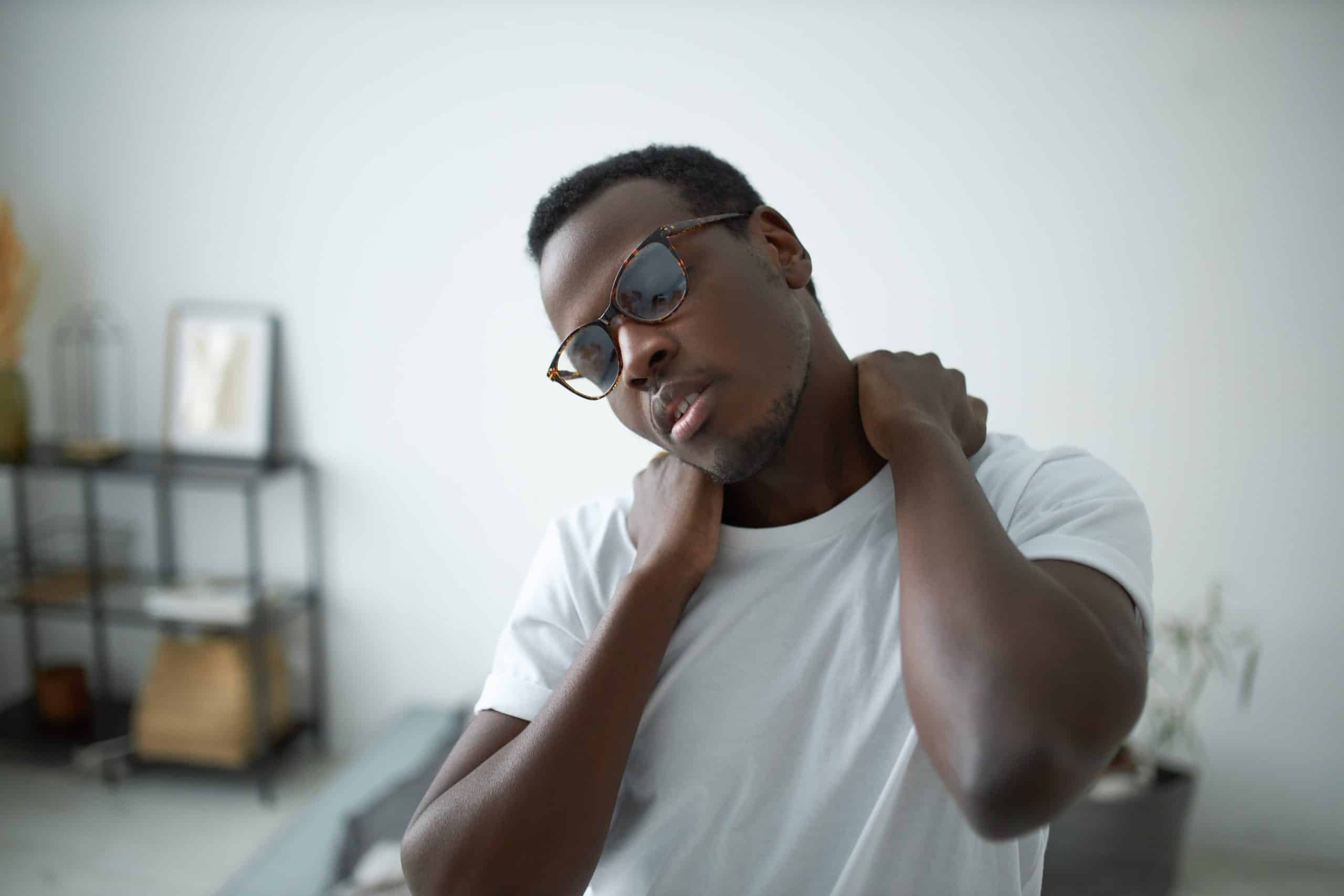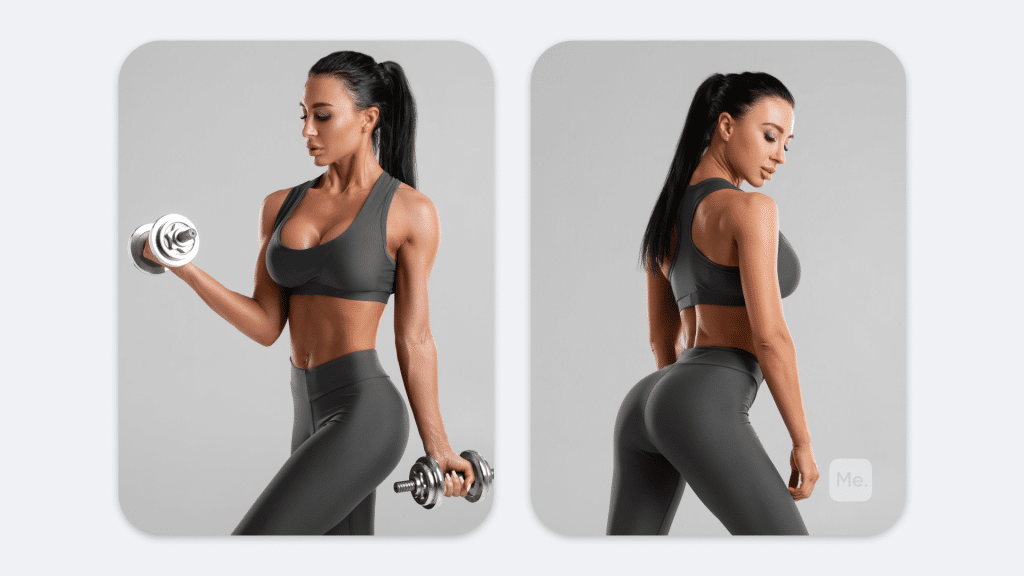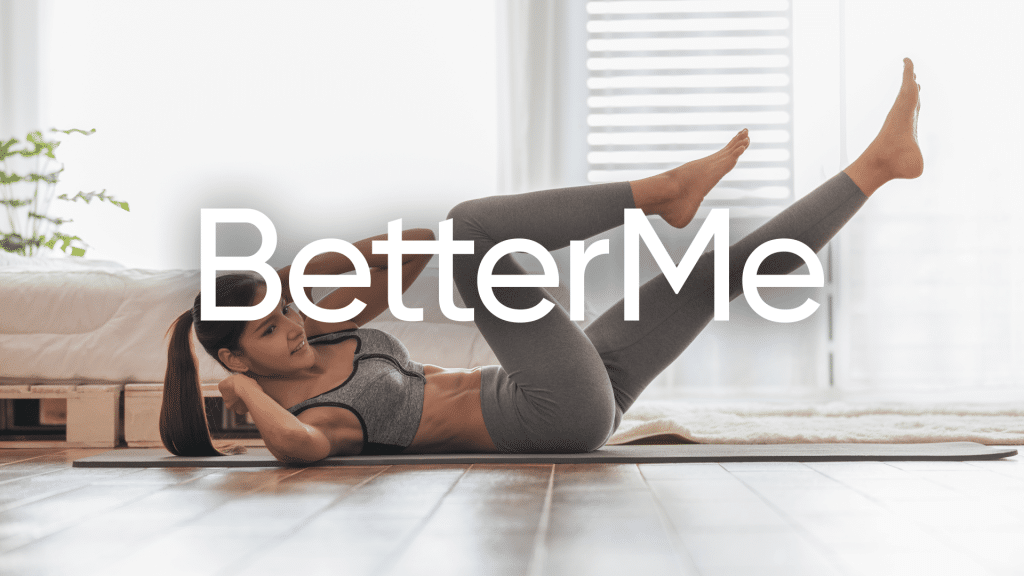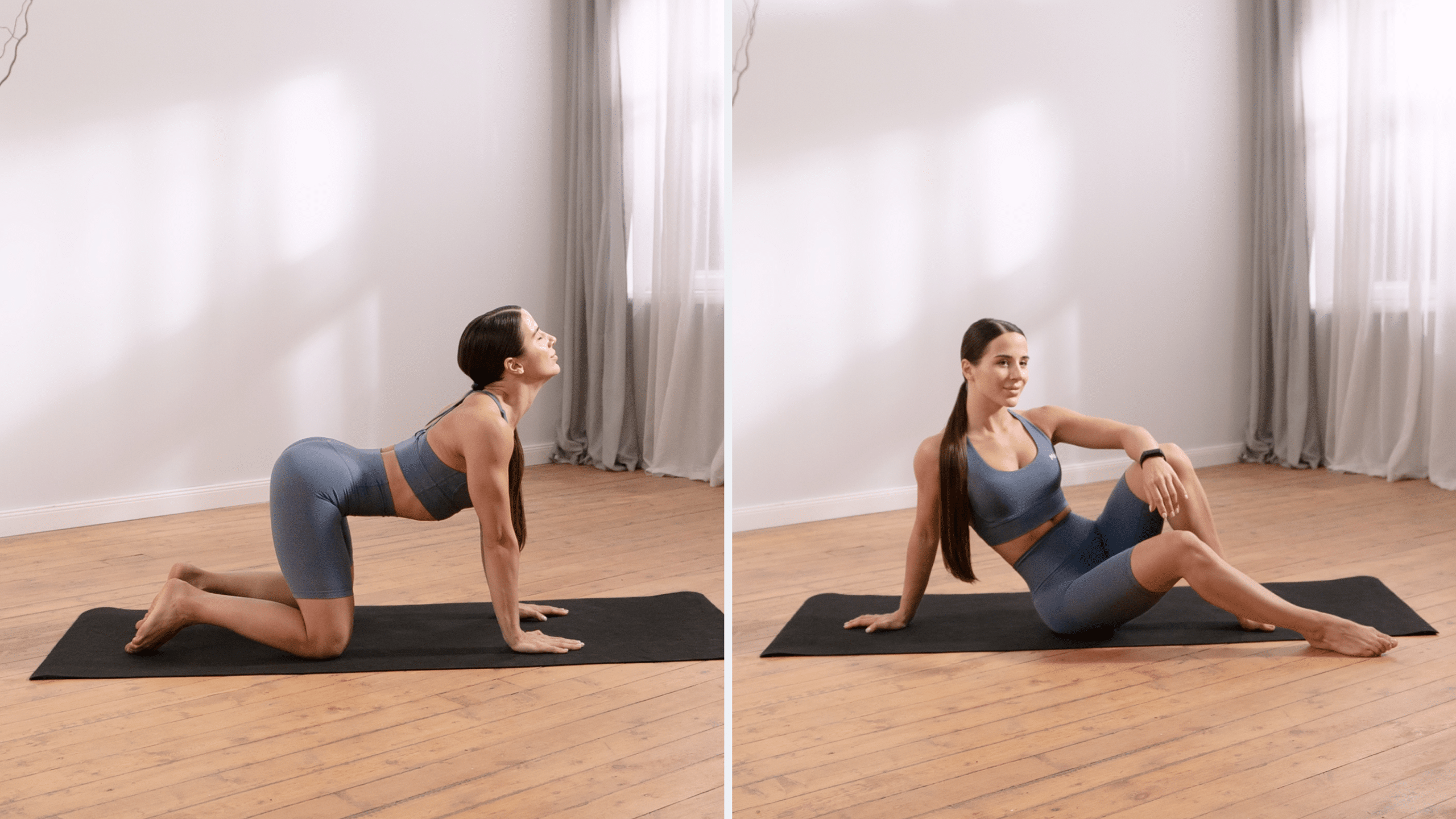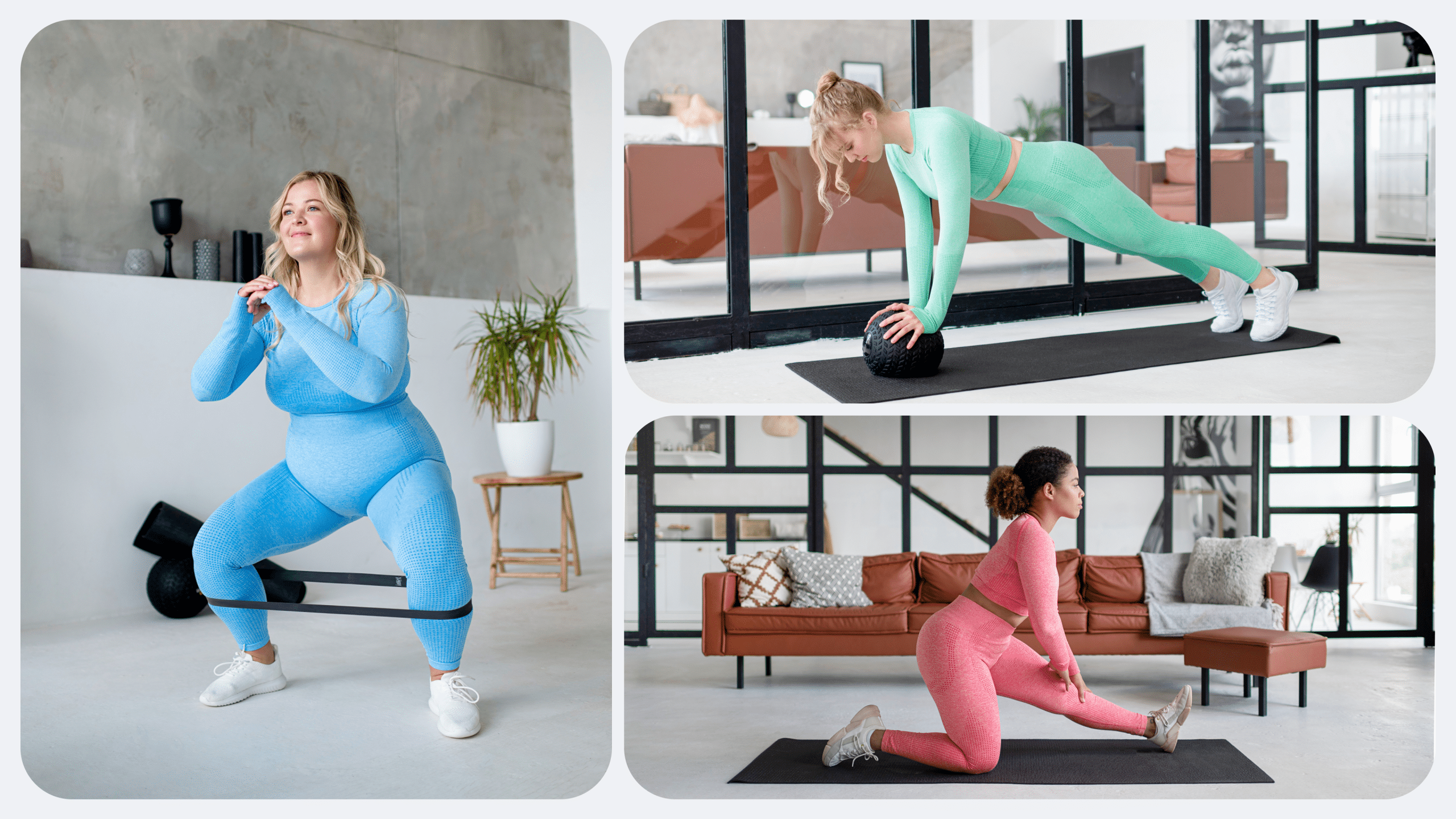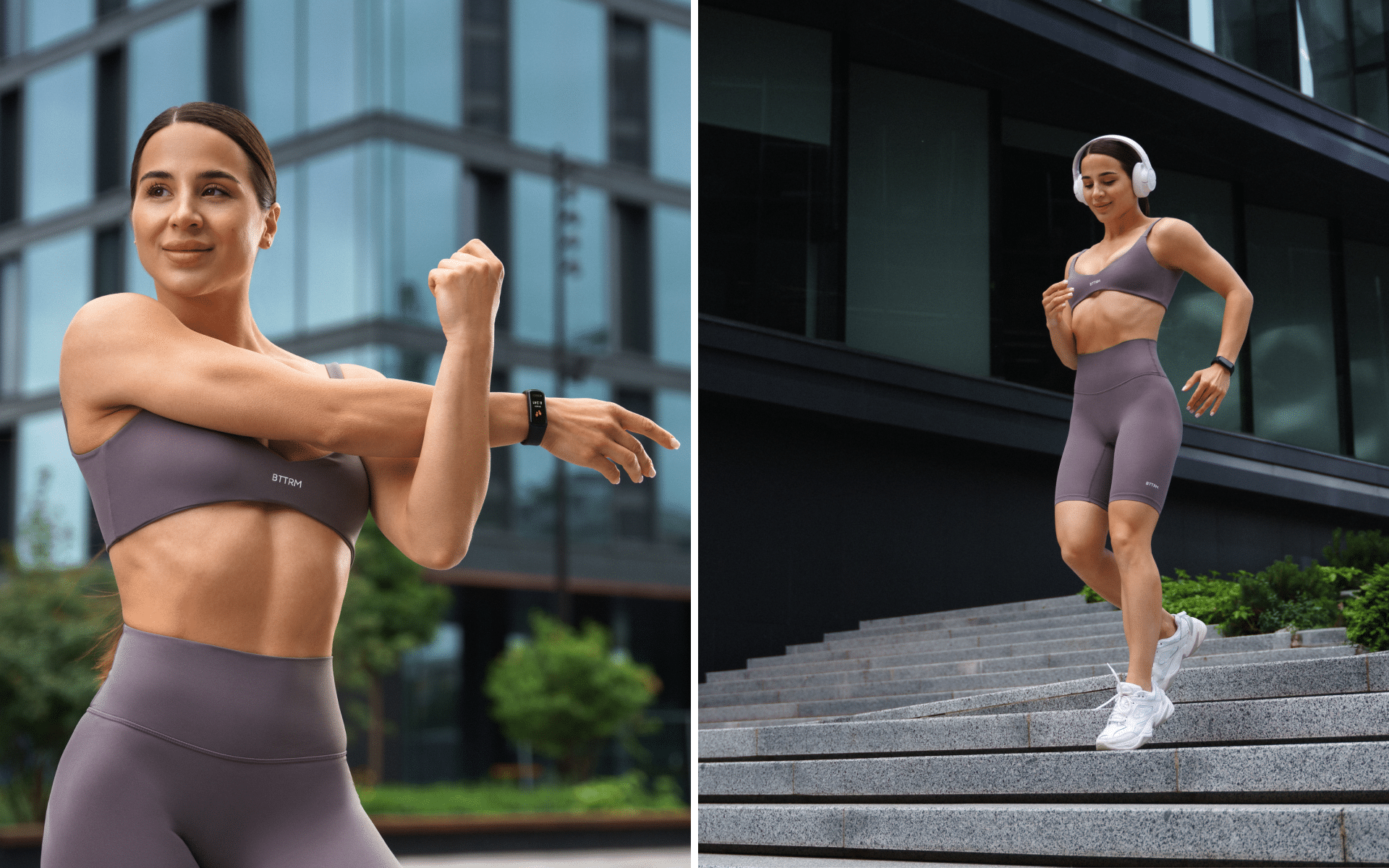The human body is made up of opposing groups of muscles. These muscle groups work together to allow the body to move in different directions. However, when one muscle group is stronger than its opposite muscle group, it can create a muscular imbalance.
Get your personalized
meal plan!
Muscular imbalance isn’t always obvious. This is due to the reason that it is often masked in poor posture, joint pain, and muscle strains. But even if you can’t see it, the muscular imbalance can lead to serious injuries.
Typically, it occurs in areas of the body where two bones meet, such as the shoulder, elbow, and knee. However, it can also affect the hips, lower back, and ankles.
In this article, we’ll discuss the causes, symptoms, and solutions for muscle imbalance.
What Are Muscle Imbalances?
Muscle imbalances are caused when one muscle is stronger than its opposing muscle. It can happen between:
Flexors And Extensors
Flexors, also called agonists, are muscles that contract to bend a joint. Extensors, also called antagonists, are muscles that contract to extend a joint and return it to its original position (4).
An example of a flexor-extensor muscle imbalance is when the biceps (a flexor muscle) are stronger than the triceps (an extensor muscle). This can lead to the overuse of the biceps and can eventually cause elbow pain.
Stabilizers And Mobilisers
Stabilizer muscles are muscles that work to maintain a joint in a fixed position. Mobilizer muscles are muscles that work to move a joint through its range of motion (9).
An example of a stabilizer-mobilizer muscle imbalance is when deep abdominal muscles like transverse abdominis (TA) (a stabilizer muscle) are weaker than the rectus abdominis (a mobilizer muscle). This can lead to lower back pain and poor posture.
Left And Right Half Of The Body
It’s also possible to have a muscle imbalance on the left and right sides of the body. This is often seen in people who have had a previous injury on one side of the body.
For example, someone who has injured their right knee may start to favor their left leg. Over time, this can lead to the muscles on the left side of the body becoming stronger than the muscles on the right side.
Upper And Lower Body
Another common type of muscle imbalance is between the upper and lower body. This can be caused by sitting at a desk all day or driving for long hours. Intensely training one area of the body can also cause a muscle imbalance.
For example, if you only ever train your upper body, you may start to develop tightness in your chest and shoulders. This can lead to the muscles in your upper body becoming stronger than the muscles in your lower body.
This can eventually cause pain in the lower back, hips, and knees.
Read More: Glute Activation Workout To Fire Up Your Muscles
Why Do Muscle Imbalances Occur?
Muscle imbalances can be caused by:
Incorrect Stress On Muscles
A wide range of activities can place excessive and incorrect stress on our muscles. This can include everything from sitting at a desk all day to training for a marathon.
When muscles are placed under too much stress, they can become tight and overactive. This can eventually lead to a muscle imbalance (7). For example, if you train one side of your body more than the other.
This is especially true when the stress is placed on one side of the body more than the other, such as sitting for long periods that can lead to a muscle imbalance in the hips.
Muscle Overcompensation
One of the most common causes of muscle imbalance is muscle overcompensation. This occurs when a muscle is forced to work harder than usual to compensate for another muscle that is not working properly.
For example, if you have weak stabilizer muscles, your mobilizer muscles may have to work overtime to compensate. This can eventually lead to the mobilizer muscles becoming stronger than the stabilizer muscles.
This can create a muscle imbalance and can eventually lead to pain and injury.
Incorrect Posture
Another common cause of muscle imbalance is incorrect posture. Poor posture puts excessive stress on our muscles and can lead to a muscle imbalance (8).
For example, if you have poor posture, your chest muscles may become tight and overactive. This can eventually lead to the chest muscles becoming stronger than the muscles in your upper back.
This can create a muscle imbalance and can eventually lead to pain and injury.
Injury
Injury is another common cause of muscle imbalance. When we are injured, our bodies compensate by using other muscles to do the work of the injured muscle.
For example, if you injure your right knee, your left leg may have to work harder to compensate. This can eventually lead to the left leg becoming stronger than the right leg.
This can create a muscle imbalance and can eventually lead to pain and injury.
If you wish to cinch your waist, tone up your bat wings, blast away the muffin top – our fitness app was created to cater to all your needs! BetterMe won’t give excess weight a chance!
Lack Of Exercise
A lack of exercise can also lead to muscle imbalance. When we don’t exercise, our muscles can become weak and overactive (6). This can eventually lead to a muscle imbalance.
For example, if you don’t exercise your stabilizer muscles, your mobilizer muscles may become too strong. This can eventually lead to a muscle imbalance and can eventually lead to pain and injury.
Congenital Bone Deformities
Congenital bone deformities, such as scoliosis, can also lead to muscle imbalance (2). This is because the bones are not properly aligned, which puts excessive stress on the muscles.
This can eventually lead to a muscle imbalance and then eventually lead to pain and injury.
How Do You Know If You Have A Muscle Imbalance?
There are a few things you can look for to see if you have a muscle imbalance.
-
Do You Have Any Pain?
One of the first things you may notice is pain. This is especially true if the pain is in one specific area. For example, if you have a muscle imbalance in your hips, you may experience pain in your lower back, hips, or knees.
-
Do You Have Any Tightness?
Another thing you may notice is tightness in your muscles. This is especially true if the tightness is on one side of your body more than the other. For example, if you have a muscle imbalance in your chest, you may notice tightness in your chest and shoulders.
-
Do you have any weaknesses?
Another thing you may notice is weakness in your muscles. This is especially true if the weakness is on one side of your body more than the other. For example, if you have a muscle imbalance in your legs, you may notice weakness in your right leg.
-
Do You Have Any Postural Problems?
Another thing you may notice is postural problems. This is especially true if the postural problems are on one side of your body more than the other. For example, if you have a muscle imbalance in your shoulders, you may notice that you sit or stand with rounded shoulders.
-
Do You Have Any Movement Problems?
Another thing you may notice is movement problems. Strained muscles may affect your range of motion. For example, if you have a muscle imbalance in your hips, you may notice that you can’t move your legs as far apart as you used to be able to.
Read More: How Long Does It Take To Build Muscle? The Truth According To Science
What Are The Solutions To Muscle Imbalance?
There are a few things you can do to fix a muscle imbalance:
1. Train Correctly
Strength training can help to correct a muscle imbalance. However, it is important to train correctly.
You should:
-
Train Limbs Separately
Also known as unilateral training, this involves training each limb separately. For example, if you have a muscle imbalance in your legs, you would train your right leg and left leg separately.
This is important because it allows you to focus on each limb individually. This type of training can help to correct imbalances between limbs.
Unilateral training also builds more functional strength. This type of strength is important because it helps you to move your body in more natural ways.
-
Work Lagging Muscles First
The “Priority Principle” states that you should work your lagging muscles first. Lagging muscles are the weak muscles that are causing the imbalance.
Hitting these muscles when you’re mentally and physically fresh will help you get the most out of your workouts.
2. Develop Your Mobility
Mobility is the ability to move your joints through their full range of motion (5). Developing your mobility can help correct a muscle imbalance.
Dynamic stretching is a type of stretching that can help improve your mobility. It involves moving your joints through their full range of motion in a controlled manner (3).
Some examples of dynamic stretches to include in your mobility routine are:
-
Lunge With A Twist
- Start in a standing position.
- Step forward with your left leg and lower your body into a lunge.
- As you lower your body, twist your torso to the left.
- Return to the starting position and repeat on the other side.
-
Arm Circles
- Start in a standing position with your arms at your sides.
- Raise your arms out to the sides and circle them forward.
- Reverse the direction of the circles and circle your arms backward.
-
Hip Circles
- Start in a standing position with your feet hip-width apart.
- Keeping your feet in place, circle your hips to the right.
- Reverse the direction and circle your hips to the left.
BetterMe is your fast-track ticket to a long-lasting weight loss! Tailor your fitness journey and maximize your results with just a couple of swipes!
3. Improve Your Posture
Improving your posture can help correct a muscle imbalance. This is because poor posture can lead to muscle imbalances.
To improve your posture, you should (8):
-
Stand Tall
Imagine that there is a string attached to the top of your head. This string is pulling your head up and back. This will help in straightening your spine and improving your posture.
-
Pull Your Shoulders Back
Imagine that you are trying to touch your shoulder blades together. This will help pull your shoulders back and improve your posture.
-
Tuck Your Pelvis Under
Your pelvis is the lower part of your abdomen. Tucking your pelvis under will help flatten your lower back and improve your posture. To do this, imagine that you are trying to tuck your tailbone under.
-
Sit Up Straight
When you are sitting, keep your back straight and your shoulders pulled back. You may want to use a chair with good back support. Your feet should be flat on the floor.
4. Get A Massage
Different massages can help correct a muscle imbalance. A physical therapist or massage therapist can help you choose the right type of massage for your needs.
However, if you cannot go to a therapist or masseur due to certain reasons, a foam roller is a type of massage that you can do at home. It is a long, cylindrical piece of foam. You use your body weight to roll over the foam roller. This helps release muscle tension and improve flexibility (1).
The Bottom Line
A muscle imbalance is a condition in which there is a difference in strength or size between muscles on opposite sides of your body. This can lead to injuries and pain if left unattended.
To correct a muscle imbalance, you should focus on strengthening your weak muscles, improving your mobility, and fixing your posture. You may also want to get a massage or consult a therapist.
DISCLAIMER:
This article is intended for general informational purposes only and does not serve to address individual circumstances. It is not a substitute for professional advice or help and should not be relied on for making any kind of decision-making. Any action taken as a direct or indirect result of the information in this article is entirely at your own risk and is your sole responsibility.
BetterMe, its content staff, and its medical advisors accept no responsibility for inaccuracies, errors, misstatements, inconsistencies, or omissions and specifically disclaim any liability, loss or risk, personal, professional or otherwise, which may be incurred as a consequence, directly or indirectly, of the use and/or application of any content.
You should always seek the advice of your physician or other qualified health provider with any questions you may have regarding a medical condition or your specific situation. Never disregard professional medical advice or delay seeking it because of BetterMe content. If you suspect or think you may have a medical emergency, call your doctor.
SOURCES:
- A Meta-Analysis of the Effects of Foam Rolling on Performance and Recovery (2019, frontiersin.org)
- Congenital Spine Deformities (n.d., physio-pedia.com)
- CURRENT CONCEPTS IN MUSCLE STRETCHING FOR EXERCISE AND REHABILITATION (2012, ncbi.nlm.nih.gov)
- Describe the roles of agonists, antagonists and synergists – Anatomy & Physiology (n.d., open.oregonstate.education)
- Joint Mobility and Stability (2019, acefitness.org)
- Muscle Weakness and Fatigue | Causes and Treatment (2021, patient.info)
- Overactive Versus Underactive Muscles: What Does It All Mean? (n.d., blog.nasm.org)
- Posture – Physiopedia (n.d., physio-pedia.com)
- The Importance of Stabilizer Muscles in Movement Training (2021, americanicetheatre.org)
